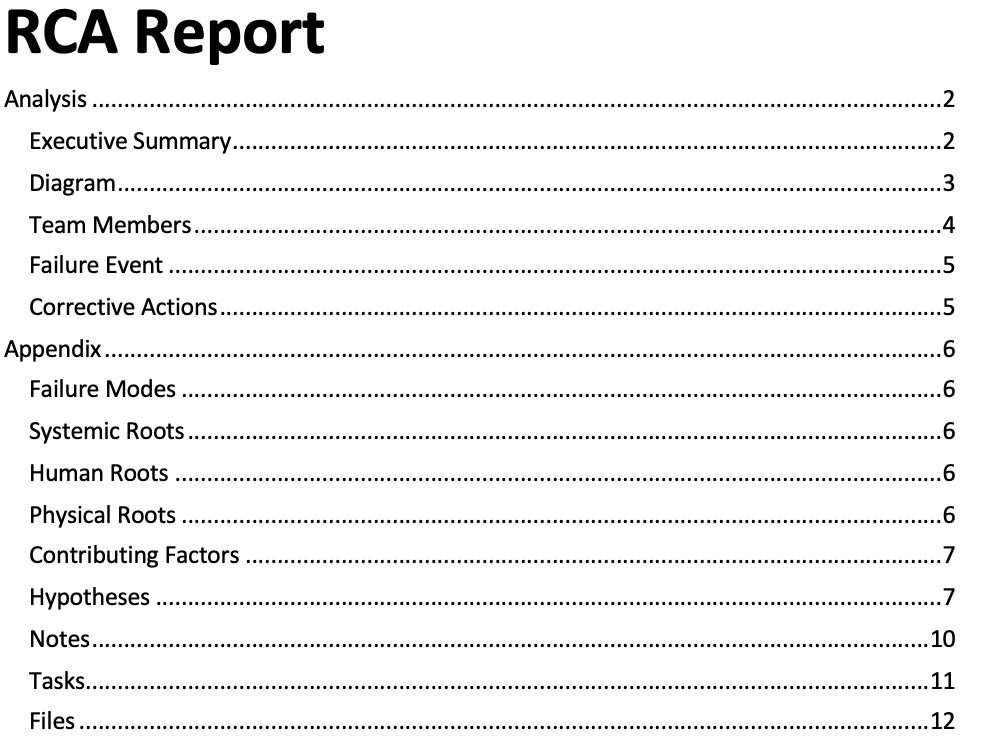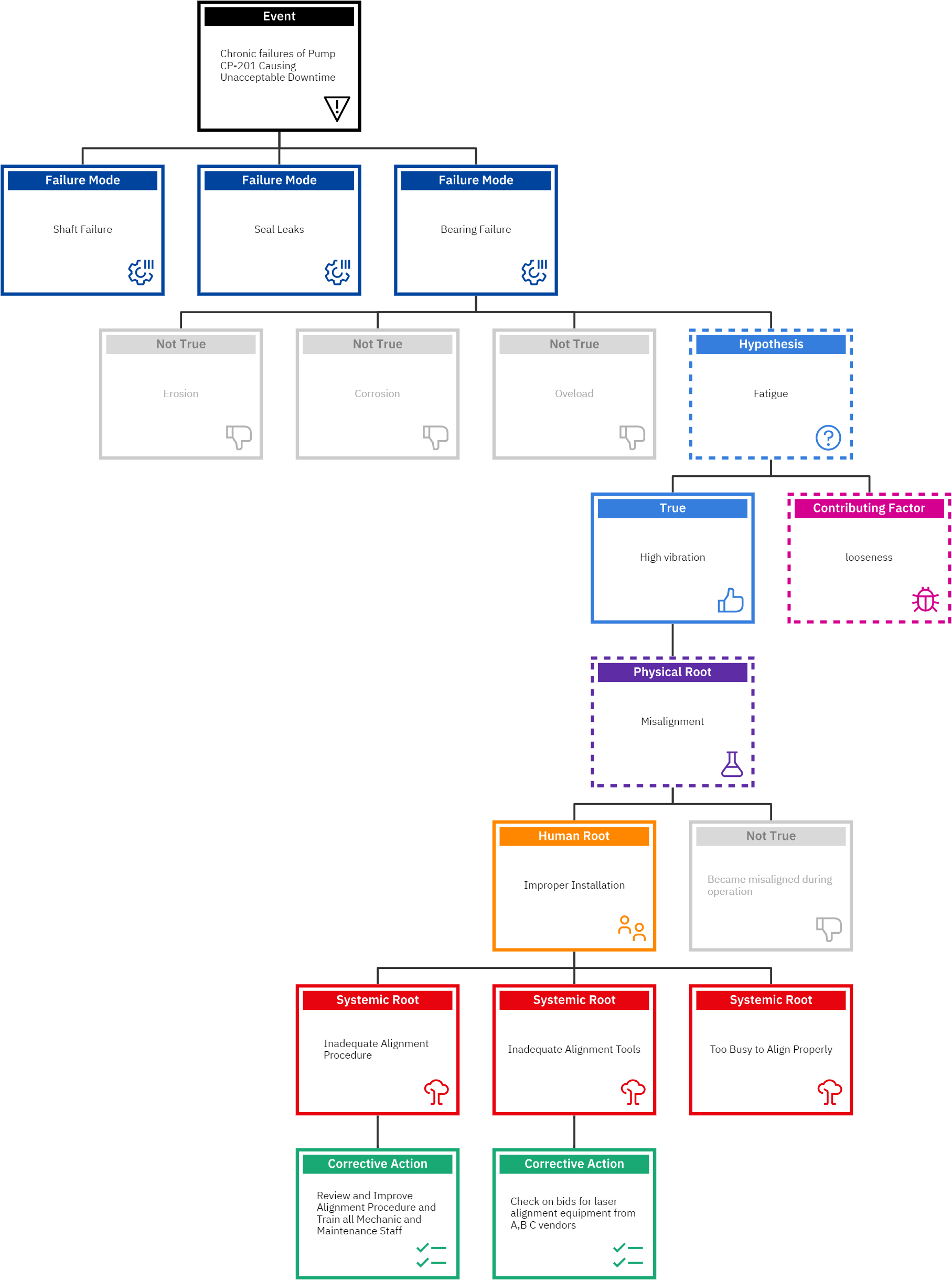
Varnish is widely known as a primary culprit of equipment failure. This sticky enemy effectively finds its way into most of our equipment and causes operators, maintenance personnel and plant managers a series of nightmares. From unplanned shutdowns costing millions of dollars to sticking of servo valves on startup, or increases in bearing temperature, varnish usually announces its arrival. Once it has been found, there is typically a cause for panic but perhaps it just needs to be understood rather than feared?
The ICML VPR & VIM Badges
Recently (August, 2021), the International Council for Machinery Lubrication launched two new badges. These badges are, VIM (Varnish & Deposit Identification and Measurement) & VPR (Varnish & Deposit Prevention & Removal). These were created after the culmination of 3 years of work from the global varnish test development committee. It has been designed for those involved in all aspects of managing or advising lubricant programs especially those with the responsibility of recommending, selling or installing appropriate deposit control equipment or other mitigation strategies.
Most of the readers will already be familiar with my enthusiasm for understanding lubricant degradation. Thus, when these badges came out, I knew I had to secure them! While the requirements for taking the test suggest the possession of the MLT I or MLA I certification or 1 year of experience, I figured that my MLE certification would be an asset (as I haven’t gotten my MLT I certification yet, it’s on the list!). However, I wanted to make sure that I covered all of the elements in the BoK for both the VIM & VPR badges, so naturally I turned to the varnish guru himself, Greg Livingstone!
Fluid Learning – All the way!
Greg is the CIO at Fluitec but he’s also the facilitator for the ICML VPR & VIM badges. What a treat! If you’ve never heard the name Greg Livingstone then you’re obviously not in the lubrication field. Greg has penned hundreds of papers on varnish and can be thought of as the varnish guru since he has extensive experience in this area. It’s a no brainer that I chose Fluid Learning to get me up to speed on what I needed to know for these exams!
Greg was an amazing facilitator and not only covered information relevant to the BoK for the exams but gave students a full overview about everything you needed to know about varnish. These on demand sessions kept me scribbling notes and nodding to myself and saying, “Oh that’s what really happens!” He presents the information clearly and adds some much needed humour into the sessions. It was an absolute privilege having him as my tutor for these badges.
VPR & VIM- What you need to know!

VPR - Varnish & Deposit Prevention and Removal
The VPR badge ensures that candidates understand proactive methods and technologies which can be employed to reduce the degree of degradation. It is also designed to confirm that they can sufficiently evaluate combinations of technologies to prevent and remove varnish including the proper steps to set up and implement an effective varnish removal system.
The topics covered in the VPR include:
- Problems associated with Varnish & Deposits (20%)
- Factors affecting Breakdown (28%)
- Proactive Methods that can be used to minimize oil breakdown (16%)
- Methods / Technologies that can be used to remove oil breakdown products and/or prevent deposits (36%)
The complete BoK for the VPR badge can be found here.
VIM (Varnish & Deposit Identification & Measurement)
The VIM badge on the other hand is more ideally suited for personnel responsible for recommending suitable oil analysis tests and mitigation efforts related to the deposit tendencies of various in-service fluids (application dependent). They would also be responsible for monitoring and adjusting these strategies accordingly.
The topics covered in VIM include:
- Problems associated with Varnish and Deposits (20%)
- Varnish and Deposit Composition (24%)
- How Breakdown Products / Contaminants become Deposits (24%)
- Oil Analysis Techniques that can be used to gauge Breakdown and Propensity towards Deposit Formation (32%)
The complete BoK for the VIM badge can be found here.
Exam tips!

The actual exams for both the VPR & VIM are set at 45 minutes with 25 multiple choice questions. Candidates must achieve 70% grade to attain the badges. Currently, the fee for the exam is USD75. Since there were overlaps of the content and the exam durations weren’t that long, I decided to sit both exams in one day. I will only advise this for those who are comfortable with doing this as exam anxiety and all that comes along with it can be stressful!
Here are a couple tips for taking these exams:
- Log into the system 30 minutes prior to your scheduled exam time. This allows you to clear your mind, settle yourself and gives you an extra 15 minutes to figure out where the email is with your credentials! If you can’t remember your password to login to the system, this also gives you enough time to get that reset and sorted before the actual exam time.
- The session only opens 15 minutes before the appointed time. During this time, you will converse with the moderator as they do the checks of the room and your National Identification. The moderators will engage with you and ensure that you are sitting the correct exam.
- Ensure you have your National Identification on hand (your passport can be used as well). As long as it has your picture and the expiration date on the same side, it will be acceptable. For the Trinidadians, do not use your National ID card as we have our pictures on the front with the information on the back (I used my Driver’s permit).
- Candidates have the option of “Flagging” questions to come back to them later. This is a great tool to help you to mark those questions you want to return to or double check.
- There is a timer in the screen layout which helps you to keep track of your time. 45 minutes passes very quickly when you’re running through the questions!
- Exam results for these badges come back very quickly as much as within a few hours or one day depending on the time of your exam.
Why do you need these badges?

As long as you work within the lubrication sector or interface with machines requiring lubrication, then you need to get these badges! Oil degradation occurs throughout the life of the lubricant whether it’s a small or large operation. By understanding how it degrades and ways to mitigate that degradation, you can save your equipment and avoid unwanted downtime. These badges were designed for the personnel in the field to allow them to make decisions regarding the lubricant and to empower them in taking steps to avoid degradation or mitigate it should the need arise. Consider it as getting your passport stamped by the ICML!
The courses offered by Fluid Learning are perfect for those seeking to understand lubrication deposits, what causes them and how they can be mitigated. While the content covered during these sessions align with the ICML VPR & VIM badges, they also add to a more holistic approach to varnish and deposits. Fluid Learning is an official ICML Training Partner and is currently the only one (of which I am aware) offering training prep for these badges. I highly recommend them for anyone seeking to learn more about or avoid sticky varnish situations.
At the moment of writing this article, there are only 8 people globally who have acquired these badges from ICML. I am the first female in the world to attain these badges but I will not be the only female for very long. Varnish is an issue which affects us all and we need to understand it, so we can prevent it and keep our equipment safe. I hope to see many more candidates with these badges in the near future!


























